38 pages • 1 hour read
T. S. EliotThe Waste Land
Fiction | Poem | Adult | Published in 1922A modern alternative to SparkNotes and CliffsNotes, SuperSummary offers high-quality Study Guides with detailed chapter summaries and analysis of major themes, characters, and more.
Poem Analysis
Analysis: "The Waste Land"
Come, the narrator in the first section, “The Burial of the Dead,” intones, and “I will show you fear in a handful of dust” (Line 30). This opening section serves as an invitation to acknowledge what is difficult and even disturbing: the morally bankrupt and spiritually enervated condition of a civilization capable of sustaining a pointless and brutal war for close to ten years, a war conducted with unprecedented savagery that left more than 20 million dead—most civilians. The four episodes, presented as evidence of this civilization’s decline into spiritual emptiness, reveal lives of the living dead—lives lost to hope, adrift in ennui, in a perilous, surreal culture-scape that is barren and cheerless, a civilization lost to its own grandeur now little more than “[a] heap of broken images, where the sun beats/And the dead trees give no shelter” (Lines 22-23). Marie, the countess, lives only in her few memories of a distant childhood, sledding in the mountains where for the briefest moment, she felt “free” (Line 17). Now she dreads the return of spring. “April,” she says, “is the cruelest month” (Line 1), preferring the uncomplicated wintery world of her spiritual paralysis and emotional indifference.
There is a fleeting image of a young girl, her long hair wet from rain, carrying hyacinths—an image of life, innocence, happiness, and natural beauty that inexplicably fades.
Related Titles
By T. S. Eliot

Ash Wednesday
T. S. Eliot
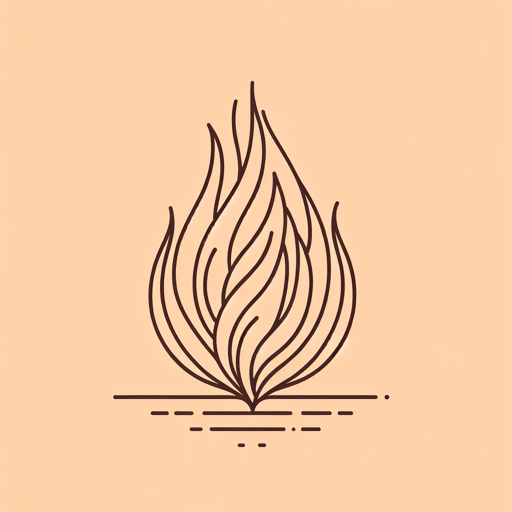
Four Quartets
T. S. Eliot

Journey of the Magi
T. S. Eliot
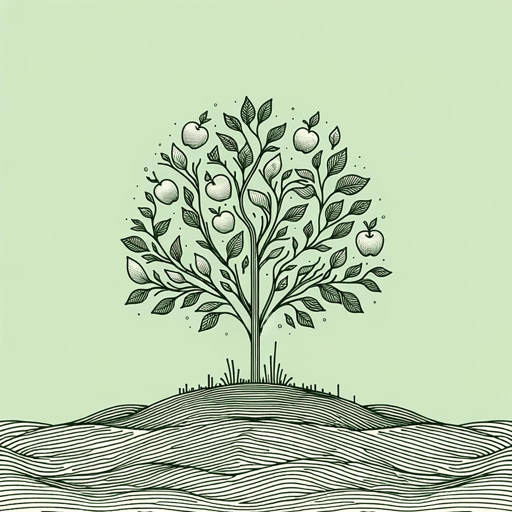
Little Gidding
T. S. Eliot

Mr. Mistoffelees
T. S. Eliot

Murder in the Cathedral
T. S. Eliot
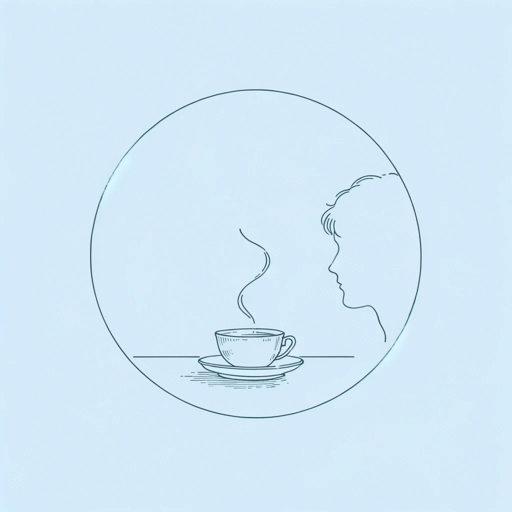
Portrait of a Lady
T. S. Eliot

Rhapsody On A Windy Night
T. S. Eliot

The Cocktail Party
T. S. Eliot

The Hollow Men
T. S. Eliot
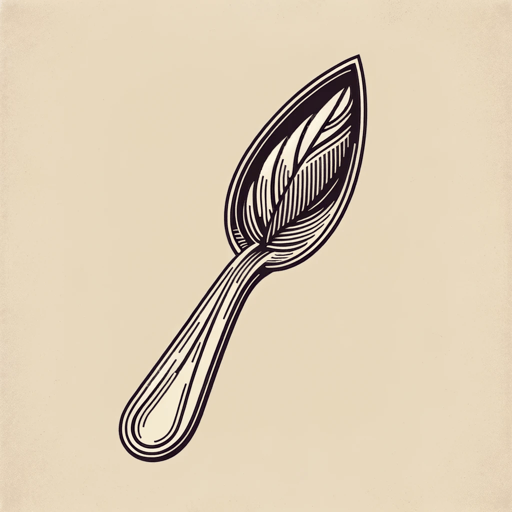
The Love Song of J. Alfred Prufrock
T. S. Eliot
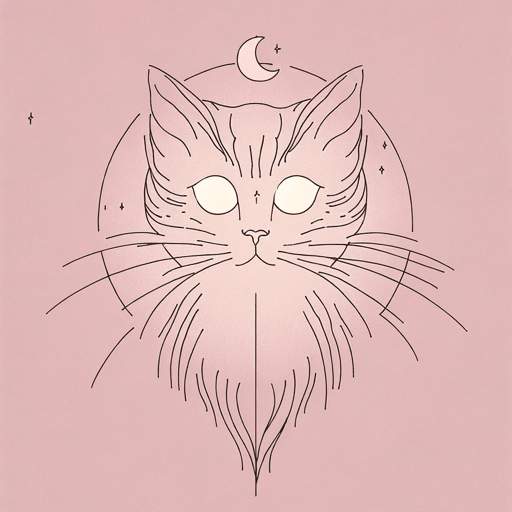
The Song of the Jellicles
T. S. Eliot

Tradition and the Individual Talent
T. S. Eliot

